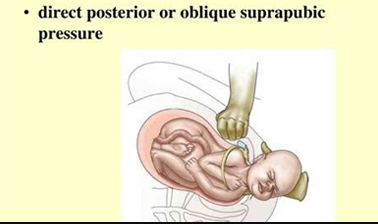
Managing Shoulder Dystocia to Prevent Erb’s Palsy
Shoulder dystocia is a challenging obstetric complication that can lead to severe consequences, such as Erb’s Palsy, a condition characterized by weakness or paralysis in the arm. Understanding how to manage shoulder dystocia effectively is crucial in preventing such complications and promoting positive birth outcomes.
Preventing Shoulder Dystocia:
Prevention starts with identifying high-risk factors during prenatal care, such as gestational diabetes, maternal obesity, or a history of dystocia. Regular monitoring and close communication between healthcare providers and expectant mothers are essential to address potential risks.
Managing Shoulder Dystocia:
During labor, recognizing the signs of shoulder dystocia promptly is vital. Medical professionals must employ specific techniques, such as the McRoberts maneuver, suprapubic pressure, and rotational maneuvers, to release the impacted shoulder and facilitate safe delivery.
Shoulder Dystocia Complications:
Failure to address shoulder dystocia adequately can result in various complications for the fetus, including Erb’s Palsy. This condition occurs when the nerves in the baby’s shoulder are damaged during delivery, leading to arm weakness or paralysis. In the event of shoulder dystocia, prompt and effective management is essential. Healthcare providers must employ techniques like the McRoberts maneuver, suprapubic pressure, and rotational maneuvers to dislodge the baby’s shoulder safely.
Preventing Erb’s Palsy:
By effectively managing shoulder dystocia, the risk of Erb’s Palsy can be significantly reduced. Early intervention, skilled maneuvering, and timely delivery can prevent nerve damage and improve the baby’s overall prognosis.
Conclusion:
Managing Erb’s Palsy Shoulder Dystocia Complications Fetal By understanding the risk factors, implementing appropriate interventions, and promoting effective communication between healthcare providers and expectant mothers, we can minimize the occurrence of these complications and ensure better outcomes for both mother and child. For further information and resources, please visit https://www.erbspalsyinfo.com/, where you can find additional guidance on managing shoulder dystocia and Erb’s Palsy.
























